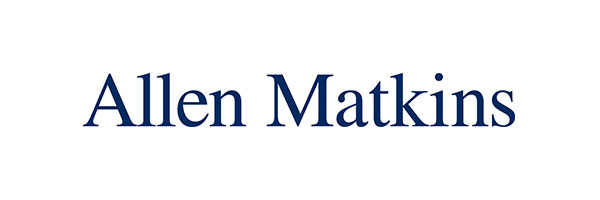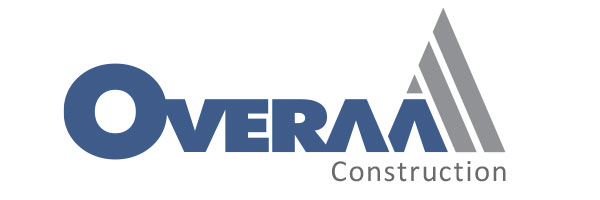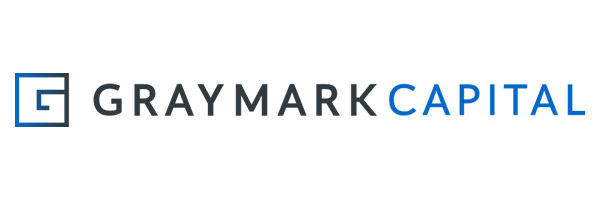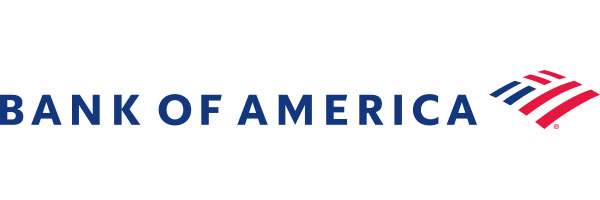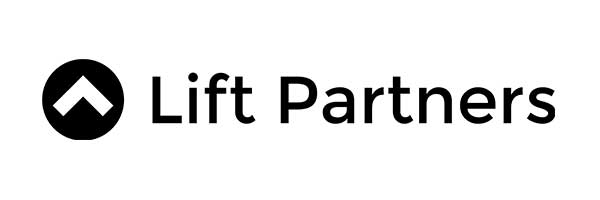CBPA's California Legislative Update 9/17/2021
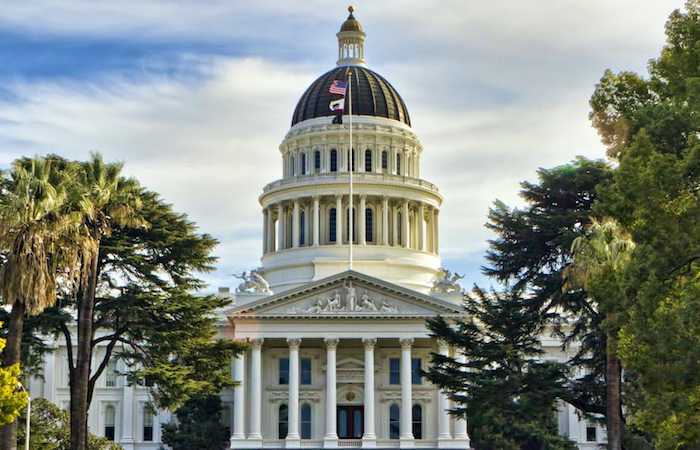
- GOVERNOR SIGNS HOUSING PACKAGE
- CRE GROUPS COMMENT ON WHAT IS NEXT AFTER FAILED RECALL
- LOS ANGELES COUNTY GREEN ZONES PROGRAM CONCERNS
- BILL TARGETING WAREHOUSES TARGET OF VETO REQUESTS
- SOLAR MANDATE FOR COMMERCIAL MOVES TO CBSC
- UPDATED BUILDING BENCHMARKING DASHBOARD
- CBPA 2021 CALENDAR
GOVERNOR SIGNS HOUSING PACKAGE
Governor Newsom quickly signed a package of three bills intended to address aspects of the housing crisis and allow California to produce more of every housing type from single family homes to high rise apartments. This package of bills was supported by a broad array of business and industry groups, noting that California lack of housing is pricing many out of the market.
From the Governor’s press release announcing the “California Comeback Plan:”
The California Comeback Plan invests an unprecedented $22 billion in housing and homelessness which will lead to the creation of over 84,000 new affordable homes for Californians, including over 44,000 new housing units and treatment beds for people exiting homelessness. This Plan marks the most significant investment in housing in California’s history with $10.3 billion proposed for housing and over $12 billion for the unhoused.
The Governor today signed California State Senate President pro Tempore Toni G. Atkins’ SB 9, the California Housing Opportunity and More Efficiency (HOME) Act, which the White House this month commended to increase housing supply. The HOME Act facilitates the process for homeowners to build a duplex or split their current residential lot, expanding housing options for people of all incomes that will create more opportunities for homeowners to add units on their existing properties. It includes provisions to prevent the displacement of existing renters and protect historic districts, fire-prone areas and environmental quality.
…
SB 10 by Senator Scott Wiener (D-San Francisco) creates a voluntary process for local governments to access a streamlined zoning process for new multi-unit housing near transit or in urban infill areas, with up to 10 units per parcel. The legislation simplifies the CEQA requirements for upzoning, giving local leaders another tool to voluntarily increase density and provide affordable rental opportunities to more Californians.
…
The Governor also signed SB 8 by Senator Nancy Skinner (D-Berkeley), which extends the provisions of the Housing Crisis Act of 2019 through 2030. The Housing Crisis Act of 2019, which was scheduled to expire in 2025, accelerates the approval process for housing projects, curtails local governments’ ability to downzone and limits fee increases on housing applications, among other key accountability provisions.
The plan is already generating some controversy as SB 9 opens the door to development of up to four residential units in areas currently zoned for single-family lots, which is part of the push by many local governments to allow more construction multi-family homes such as duplexes and fourplexes.
Click here for the full press release and links to more information about the housing package.
CRE GROUPS COMMENT ON WHAT IS NEXT AFTER FAILED RECALL
In an article written a day after Governor Newsom successfully retained his position as Governor of the State of California in a landslide victory, Bisnow interviewed several representatives from the real estate industry in Sacramento, including our very own Rex S. Hime. From the article:
Hime echoed that nothing has really changed about what challenges Newsom faces now except that this recall is behind him. Issues of water, housing and homelessness are so critical to CRE, Hime said, and those issues remain. Now there is just less time to deal with them.
“I don’t know how in the last year of an administration a governor can change all that, but I think he is someone who wants to see change,” Hime said, referring to the fact that the regular election for California's next governor was already scheduled for November 2022.
Click here to read the full story.
LOS ANGELES COUNTY GREEN ZONES PROGRAM CONCERNS
The Los Angeles County Green Zones Program, initiated in 2015, is going through an update process that you need to be aware of and participate in if you have commercial, industrial, and/or retail properties in the area. The stated purpose of the Green Zones Program is to enhance public health and land use compatibility in the unincorporated communities that “bear a disproportionate pollution burden.”
The County is currently drafting a final Environmental Impact Report (FEIR) for the Green Zones Program. A public hearing with the Regional Planning Commission to consider the FEIR and Green Zones Program ordinance is scheduled next week, Wednesday, September 22, 2021.
There is great concern that the proposed regulations put unrealistic restrictions and mandates on warehouse operations, requiring them to regulate the types of trucks that service the facilities, and putting severe restriction on operational hours, among other things. On top of the recently passed SCAQMD ISR and the potential for the Governor to sign AB 701 (see below), these regulations are making goods movement – the lifeblood of our economy – all but impossible.
Follow these links for NAIOP SoCal’s Letter, CBPA’s letter, and here for the full L.A. County Green Zone Website.
BILL TARGETING WAREHOUSES TARGET OF VETO REQUESTS
AB 701, a bill targeting tenants in the warehouse/logistics sector is sitting on Governor Newsom’s desk.
Everything we buy and use moves through the manufacturing, storage, and distribution process. Whether it’s our food moving from the farm to fork, or clothes from the thread to our closet, we will all pay the price for AB 701.
AB 701 is a flawed and excessively broad regulation of warehouse distribution centers, and along with a large coalition, we are actively making our case for a veto.
Click here to see the bill language and analyses of AB 701.
SOLAR MANDATE FOR COMMERCIAL MOVES TO CBSC
In late 2021, the State of California will adopt the first set of building codes in the nation that will require solar photovoltaic (PV) and battery storage for many non-residential and multi-family buildings as part of the 2022 Energy Code. This action follows a similar adoption for single family homes in 2018.
The CEC updates its code every three years and in early August 2021, its governing board adopted the 2022 Energy Code which sets building standards for new commercial construction. The new codes also expand the existing single-family home requirement to design new homes so that battery storage can easily be added to an existing system.
The Energy Code is designed to be cost-effective so that implementation is affordable while helping California manage energy demand and advance the state’s climate and clean air goals.
The new codes will apply to buildings for which the permit application is submitted to the local building department on or after January 1, 2023.
The 2022 Energy Code extends PV/battery storage standards to the following building types and applies to both public and private buildings: Office, medical office and clinics, warehouses, retail and grocery stores, restaurants, high-rise multifamily (apartments and condos), hotel-motels, schools, and civic (theaters, auditoriums, and convention centers).
The PV/battery requirements are for new construction only and do not apply to tenant improvements or alterations of existing space nor expansions that are connected to an existing structure and add volume or square footage to the existing structure.
Recognizing that not all non-residential buildings are alike and that it is not cost-effective or technically feasible for all buildings to accommodate solar, the PV and battery requirements have exemptions for situations that include inadequate roof space, inadequate solar access, occupied roofs, roofs where PV installation is not possible/feasible, and in areas without Virtual Net Metering or a community solar program.
Click here for a one-pager you can share on this with your own leadership, peers, and members.
More information on all of this can be found here:
CEC 2022 Energy Efficiency Standards Website
NON-Technical Summary of the 2022 Energy Efficiency Standards
Actual Code Language Adopted - PV and Battery Requirements are Pages 328-330
UPDATED BUILDING BENCHMARKING DASHBOARD
The owners of commercial and multifamily buildings larger than 50,000 square feet are required to report energy use to the California Energy Commission (CEC) by June 1 every year. Building owners can report building data at any time, and the dashboard will be refreshed with new reported data on a quarterly basis.
The CEC has recently updated building data and added new features to their Public Disclosure Dashboard. Improvements to the dashboard include the ability to view three years of building data, displays greenhouse gas emissions by building, and multiyear median energy use intensity by property use type.
Launched in 2018, the Building Energy Benchmarking Program collects and tracks annual building energy use. The public can access, compare, and download reported building data at the interactive dashboard on the CEC website.
Efficient and optimized buildings can significantly reduce energy costs, which are one of the largest controllable costs for a building owner. Buildings with high energy performance promote comfort for tenants and employees while also reducing energy bills.
Click here for the CEC’s Building Owner Energy Efficiency Resources(https://www.energy.ca.gov/programs-and-topics/programs/building-energy-benchmarking-program/benchmarking-building-owner) webpage which provides information about energy audits, retrofitting, and utility rebates for commercial and multifamily buildings, as well as financing options.
CBPA 2021 CALENDAR
***POSTPONED***
Thursday, October 21
Industry Awards Dinner
The Renaissance Hotel, Newport Beach
Thursday-Friday, December 2 - 3
Strategic Issues Conference & CBPA Board Meeting
Embassy Suites, Napa Valley
For more information on any of our events, please contact Melissa Stevens at 916-443-4676 or mstevens@cbpa.com.












